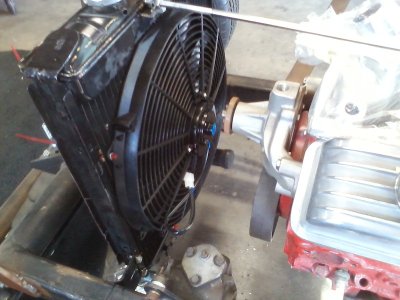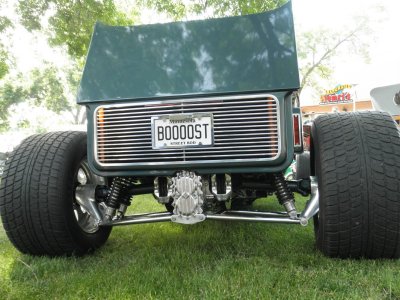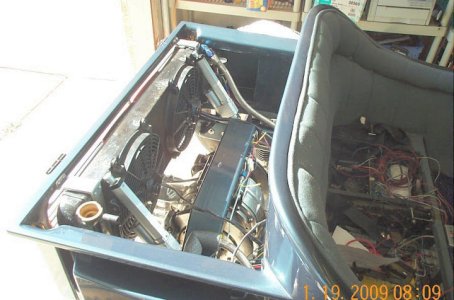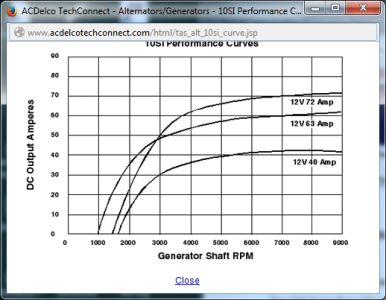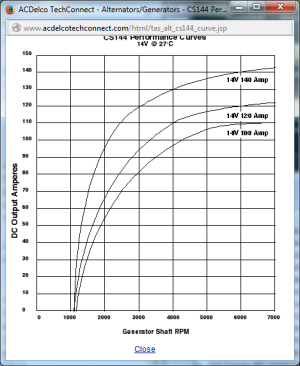When building my engine I knew I wanted to use an electric fan because of space limitations and also safety. I'm the guy that puts his fingers where they don't belong when the motor's running! 
That said, I know people who insist that a mechanical fan does a better job of cooling, especially when paired with a shroud. My 16", electric fan does an adequate job of cooling my mild 350 Chevy on those 90-degree days. What type of fan are you using and why?
That said, I know people who insist that a mechanical fan does a better job of cooling, especially when paired with a shroud. My 16", electric fan does an adequate job of cooling my mild 350 Chevy on those 90-degree days. What type of fan are you using and why?




